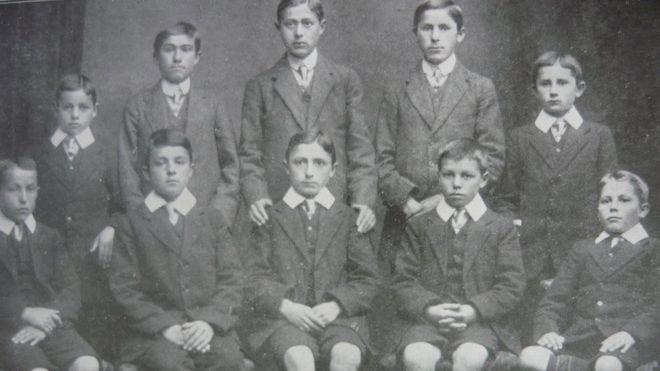
One hundred years after an Edinburgh school offered sanctuary to a group of boy refugees fleeing the horrors of World War One, this week their descendants will travel to the capital to remember them.
Boys as young as 12 were among the 27 youngsters who were taken in by George Heriot’s school in 1916, after making a remarkable escape from Serbia as it fell to the armies of Germany and its allies.
Other refugees found homes in Glasgow, Dundee and Aberdeen.
They were among the lucky ones who survived a “retreat” over the mountains of Albania and Montenegro the previous winter, during which about 8,000 boys died. Many fell victim to the cold, starvation and disease; others were shot by the Albanians.
Within a few years the lives of these boys had been transformed. And in their later years many of the refugees credited Scotland – and George Heriot’s – with giving them a second chance at rebuilding their lives.
The first 10 prospective Herioters arrived at Edinburgh’s Waverley station in August 1916 – just before the start of the new school term.
Historian Louise Miller, who has researched the “Serbian Boys”, said they had survived unimaginable horrors and they had barely a word of English between them.
But she added: “They were embraced by the school and supported by the generosity of the people of Edinburgh during the war years until they were able to return to what remained of their homes.”
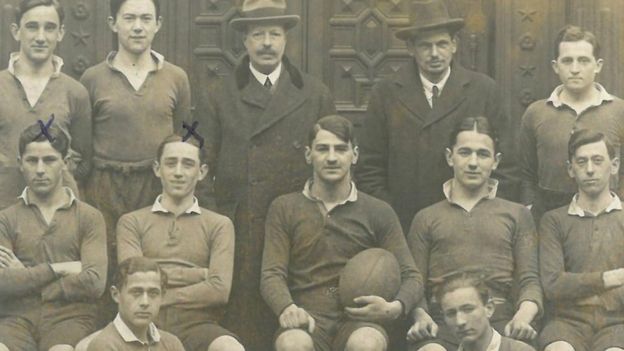 Image copyrightLOUISE MILLER
Image copyrightLOUISE MILLER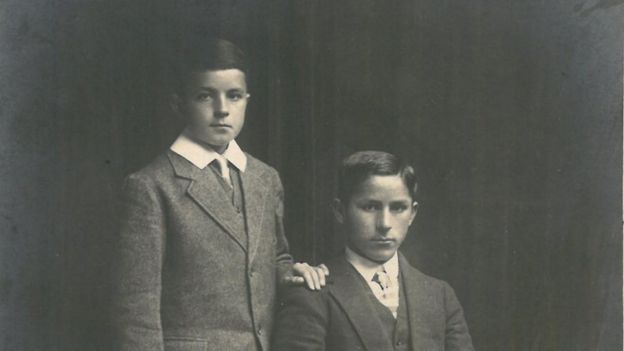 Image copyrightLOUISE MILLER
Image copyrightLOUISE MILLER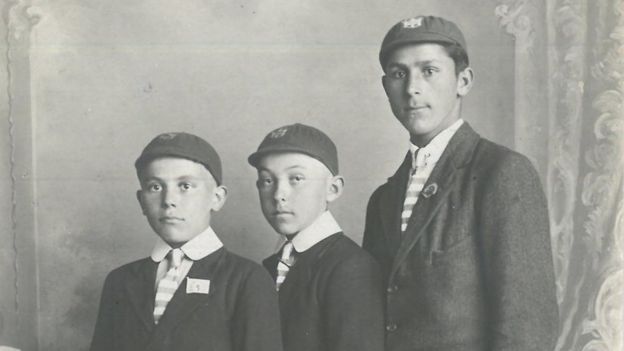 Image copyrightLOUISE MILLER
Image copyrightLOUISE MILLERThe school played host to the boys for three years, and several shone academically. However it was on the rugby field where they gained fame.
Historian Ms Miller said: “These boys, who had never played rugby before, embraced the game and showed extraordinary and unexpected talent.
“Several were good enough to join the 1stXV, where they played alongside future Scottish internationalists like Daniel Drysdale.”
They went to form the first Serbian national rugby team for a match played at Inverleith in 1918, and they established it as a sport in their home country on their return.
Many of the boy refugees embarked on successful careers, enjoying healthy, happy lives and maintaining lifelong links with Scotland and Heriot’s.
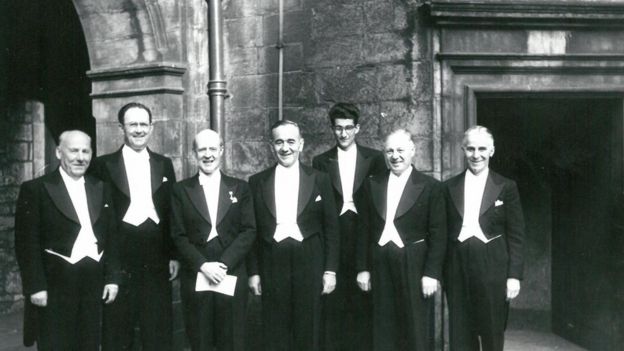
Živojin Kovacevic
Aged just 15, Živojin arrived in Edinburgh in November 1916, speaking no English.
But the boy who months earlier had escaped Serbia and survived a mid-winter retreat, excelled in both the classroom and on the rugby field.
He went on to study civil engineering at the University of Edinburgh and when he returned home, he helped with the reconstruction of Serbia following the war.
His experience in Scotland changed his life completely, according to Živojin’s granddaughter, Jelena Stankovic, who is among the relatives returning to Edinburgh this week to remember the boy refugees.
“He loved Great Britain and particularly Scotland as much as his native Serbia, and was extremely grateful to British people for all they had done for him,” she said.
He built his home in Serbia in “British style” and he sang English nursery rhymes to his granddaughter when she was a child – songs she now sings to her grandson.
“Besides getting the very best education, he also adopted the British way of life,” she said.
In 1982, 65 years after he left the school and, by then in his 80s, Živojin reflected on his time in Edinburgh.
“It makes me sad that I am not able to revisit Edinburgh and see the school once more,” he said.
“My years do not permit me to make such a long journey but I often think of Edinburgh and my friends there.”
Dr Stevan George OBE
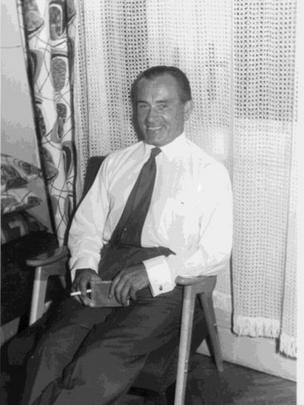
After escaping from Serbia at the beginning of the Great War, the teenage Stevan Djordjević travelled first to Corfu before he was rescued by a British boat.
He eventually made his home in Glasgow, where he enrolled at Hillhead High School, before studying medicine at the University of Glasgow.
His family remember him talking about being cold and hungry while he was a student, when he often ate lard on bread.
But his experience in Scotland “totally changed his life”, according to his daughter, Zora Buchanan, and he only returned to Serbia for family visits.
He changed his name to “Stevan George”, worked as a family doctor in Glasgow, and married his Scottish sweetheart, Margaret. Within six years, they had three children.
After World War Two, he became a ship’s doctor with Cunard Line and eventually settled in the Bahamas. He died in 1967, aged 67, and is buried in Nassau.
Mrs Buchanan, who is travelling from Canada for the events in Edinburgh, said: “As his youngest daughter I am very proud of what a young Serbian lad could accomplish.
Both the Serbian Ambassador to Great Britain, Dr Ognjen Pribicevic, and the British Ambassador to Serbia, Denis Keefe, will join 17 of the boys’ descendents in Edinburgh this week.
As well as visits to the school and the rugby pitches, some of their relatives will reflect on their lives at a special event at the National Library of Scotland.


